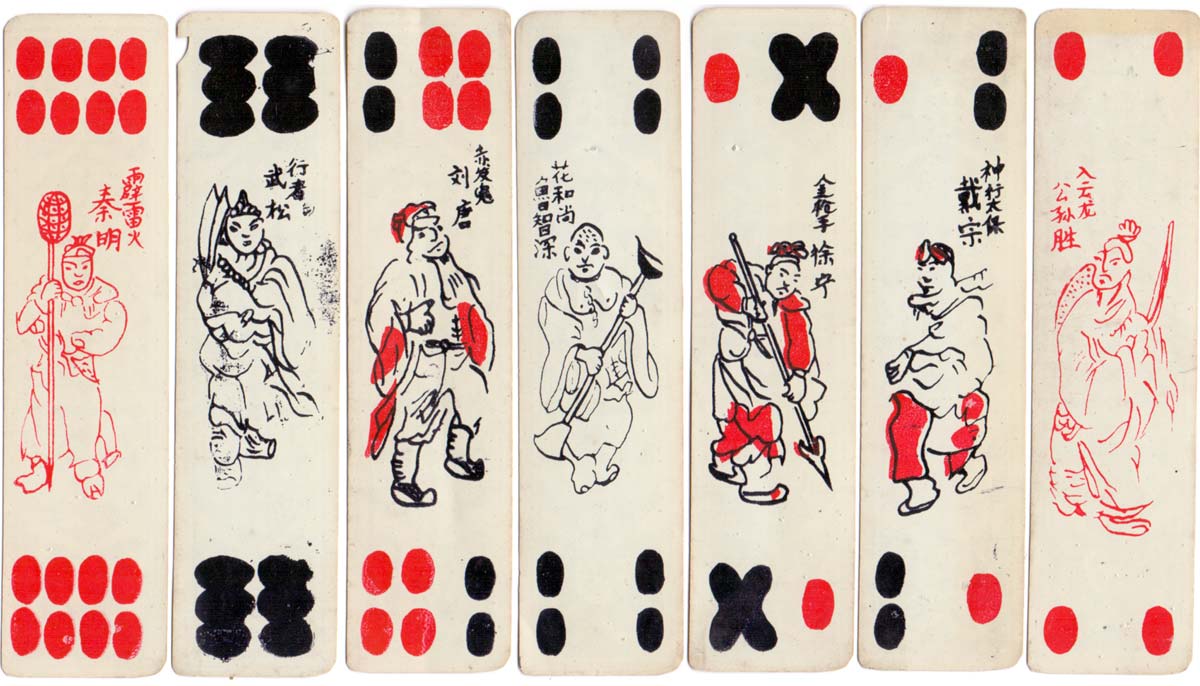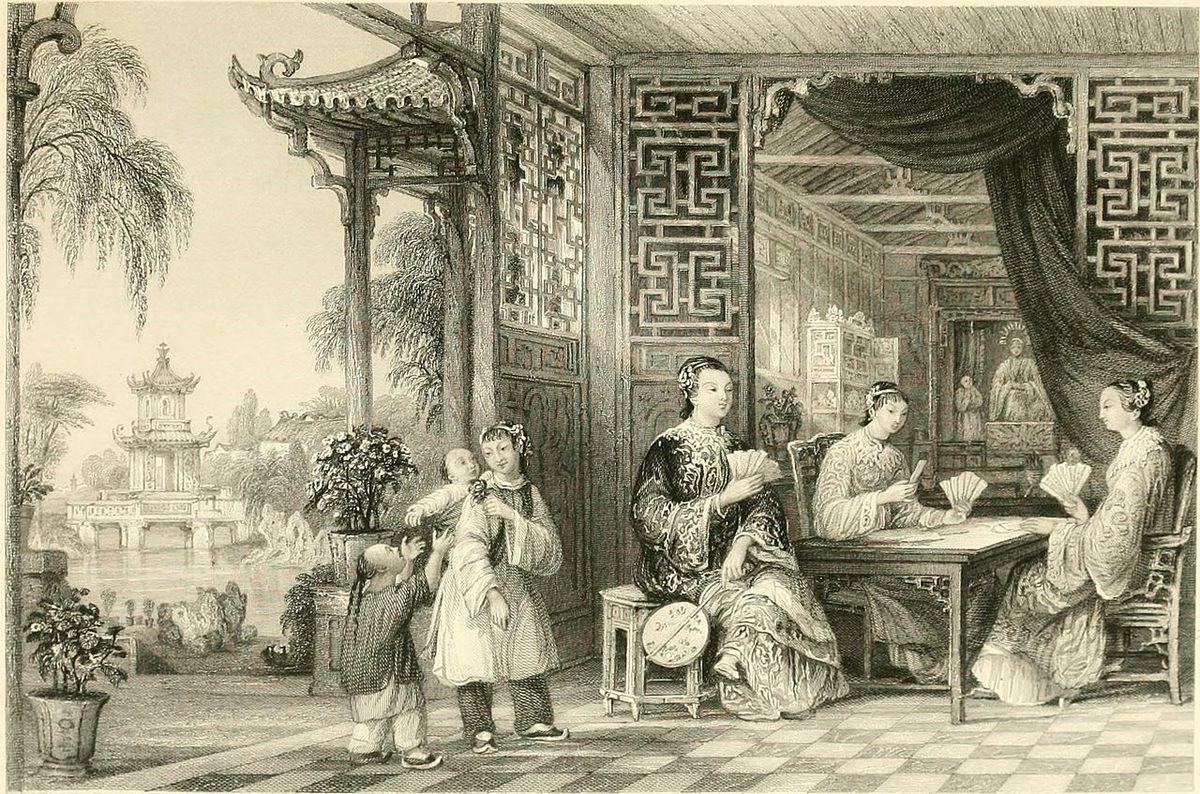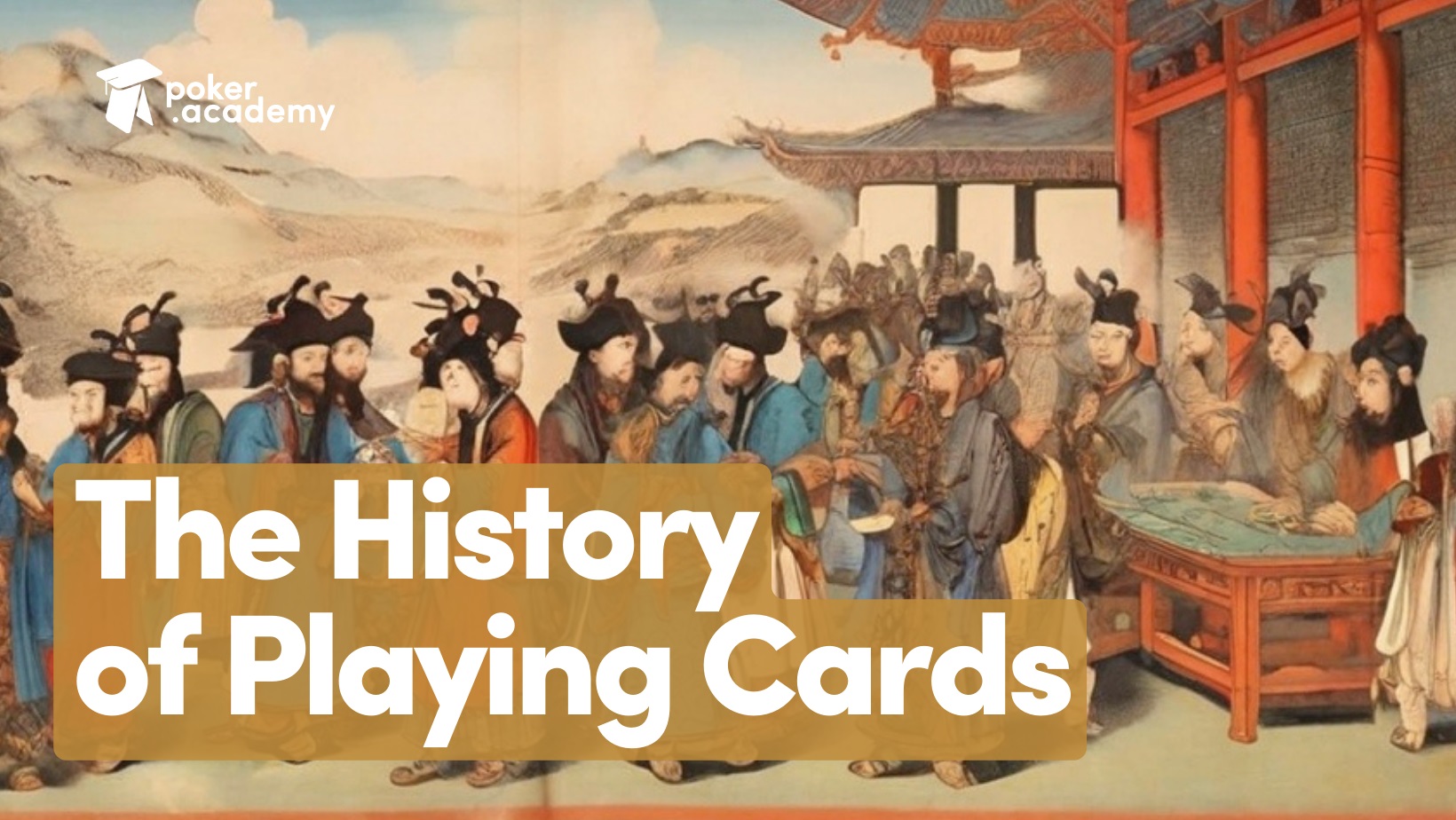From the opulent courts of medieval Europe to the bustling saloons of the Wild West, playing cards have left an indelible mark on society, captivating hearts and minds with their timeless allure. In this captivating exploration, we embark on a journey through the ages, uncovering the fascinating history of playing cards—from their enigmatic origins to their enduring legacy in the modern era. Card decks have evolved over time, showcasing their significance in games, military applications, and educational tools, while also emphasizing the diverse types of card decks that exist globally, including French-suited decks, Mamluk cards, and traditional Asian variants.
Origins of Playing Cards: The story of playing cards begins in the misty realms of ancient China, during the vibrant Tang Dynasty (618-907 AD). Various cultures contributed to the invention of playing cards, making it a collaborative effort across different societies. It is here that historians trace the earliest evidence of playing cards, known as “domino cards,” used for entertainment and possibly gambling. Playing cards began to emerge in Europe during the 1370s, likely imported from the East through merchants and crusaders. These primitive predecessors to modern playing cards were crafted from paper or bamboo, adorned with simple designs and symbols. As trade routes flourished, these early cards found their way to Persia, where they underwent a transformation, evolving into the intricate playing cards we recognize today. Mamluk cards, with their elaborate designs, further influenced the development of European playing cards, which were initially luxury items, hand-painted and highly prized.

Evolution in Europe: The winds of change blew across Europe, carrying with them the seeds of a cultural revolution. By the 14th century, playing cards had become a ubiquitous presence across the continent, with each region putting its own unique spin on the timeless game. The French introduced the iconic suits—hearts, diamonds, clubs, and spades—while the Germans favored suits like acorns and leaves. As playing cards spread like wildfire, they became more than just a pastime; they were a reflection of the era’s artistry and craftsmanship.
Playing Cards in the Renaissance: Enter the dazzling world of the Renaissance, where playing cards transcended their humble origins to become objects of beauty and desire. From the lavish courts of kings and queens to the bustling markets of bustling cities, playing cards captured the imagination of all who beheld them. Intricate designs, elaborate illustrations, and ornate details adorned decks, each card a masterpiece in its own right. It was an era of opulence and extravagance, and playing cards were no exception.

Playing Cards in North America: As European explorers set sail for the New World, they carried with them more than just dreams of conquest and discovery—they brought playing cards. With the colonization of North America, playing cards found a new home across the Atlantic. From the log cabins of early settlers to the bustling streets of colonial cities, playing cards became a fixture of everyday life. As the continent grew and prospered, so too did the popularity of card games, including the quintessentially American game of poker.

Poker: A Game of Strategy and Skill: In the smoke-filled saloons of the Wild West, a new card game emerged—one that would come to define American gambling culture: poker. Born from the crucible of frontier life, poker quickly gained popularity, spreading like wildfire across the country and beyond. It was a game of skill, strategy, and nerve, where players sought to outwit their opponents with cunning bluffs and calculated risks. As poker fever swept the nation, it became more than just a game; it was a way of life.
The Rise of Poker Solvers: In the digital age, poker underwent a revolution with the advent of poker solvers—sophisticated software programs that analyze complex game scenarios to help players make optimal decisions. These powerful tools have transformed the way players approach the game, offering insights and strategies previously unimaginable. With poker solvers at their disposal, players can unlock new levels of mastery, pushing the boundaries of what’s possible in the world of poker.
Learning Poker: A Journey of Discovery: Whether you’re a novice or seasoned player, learning poker is a journey of discovery—a quest for knowledge, skill, and mastery. From mastering the basics of hand rankings to delving into advanced strategy concepts, there’s always something new to learn. Online resources, books, and courses abound, offering aspiring players the tools they need to hone their skills and elevate their game. And with each hand played and each lesson learned, players inch closer to the elusive goal of poker greatness.
As we reflect on the rich tapestry of playing cards, from their ancient origins to their modern-day incarnations, one thing becomes clear: playing cards are more than just a game—they are a window into the soul of humanity. From the royal courts of medieval Europe to the bustling saloons of the Wild West, playing cards have captured the imagination of people from all walks of life, transcending time and culture. As we gaze upon the intricate designs and vibrant colors of a deck of cards, we are reminded of the enduring legacy of this timeless tradition—a legacy that continues to captivate and inspire us to this day. So the next time you shuffle a deck of cards or sit down at the poker table, take a moment to appreciate the rich history and heritage that lies within each card. For in the world of playing cards, the journey is just as captivating as the destination.
Origins and Spread of Playing Cards
The origins of playing cards are shrouded in mystery, with various theories about their beginnings. One theory suggests that playing cards originated in Asia, possibly in China or Persia, during the 9th century. The earliest known reference to playing cards is a Chinese game called yezi ge, which dates back to the 800s. However, it is unclear if this game actually used playing cards. The first unambiguous record of playing cards is a 1294 police record from Shandong, China, which mentions gamblers and their cards and printing blocks.
Playing cards spread rapidly throughout the world, with various regions developing their own unique decks and games. The Crusades may have played a role in the introduction of playing cards to Europe, with soldiers bringing back cards from their travels. The Mamluk cards, located in the Topkapı Palace Museum in Istanbul, are a famous example of an early deck and are similar to modern Spanish cards.
Development of Modern Suits and Court Cards
The modern suits and court cards that we use today have a fascinating history. The earliest European decks, such as the Italian and Spanish decks, used suits such as cups, coins, swords, and polo sticks. The French deck, which is the most popular playing card deck in the world, introduced the suits of hearts, diamonds, clubs, and spades. The French deck’s popularity is due to its simplicity and ease of printing, as well as its use in popular games such as bridge and poker.
The court cards, which include the king, queen, and jack, have also undergone significant changes over the centuries. The earliest court cards were hand-painted and featured elaborate designs. Later, the French deck introduced the use of standardized court cards, which featured the king, queen, and jack in each suit. The modern court cards that we use today are a result of the evolution of these early designs.
Unique Designs and Artwork
Playing cards have been used as a canvas for artistic expression throughout history. From the intricate designs of the early hand-painted decks to the modern-day custom designs, playing cards have been a popular medium for artists. The French deck, in particular, has been known for its beautiful artwork, with many famous artists contributing to its design.
In addition to the traditional designs, playing cards have also been used for unique and creative purposes. For example, some decks feature custom artwork, while others are designed for specific games or themes. The use of playing cards as a medium for artistic expression continues to evolve, with new and innovative designs being created all the time.
The Impact of Playing Cards on Society
Playing cards have had a significant impact on society throughout history. From their use in games and entertainment to their role in social and cultural events, playing cards have played a major part in shaping human culture. In addition to their recreational use, playing cards have also been used for educational purposes, such as teaching children about numbers and strategy.
Playing cards have also been used as a tool for social commentary and satire. For example, during the French Revolution, playing cards were used to mock the aristocracy and the monarchy. In modern times, playing cards have been used to raise awareness about social issues, such as poverty and inequality.
Conclusion: The Enduring Legacy of Playing Cards
Playing cards have been a part of human culture for centuries, and their impact on society continues to be felt today. From their origins in Asia to their spread throughout the world, playing cards have evolved over time, reflecting the cultural and social changes of the societies that use them.
Despite the rise of digital technology, playing cards remain a popular form of entertainment and social interaction. Whether used for games, art, or social commentary, playing cards continue to play a significant role in human culture. As we look to the future, it is clear that playing cards will continue to be an important part of our shared cultural heritage.
